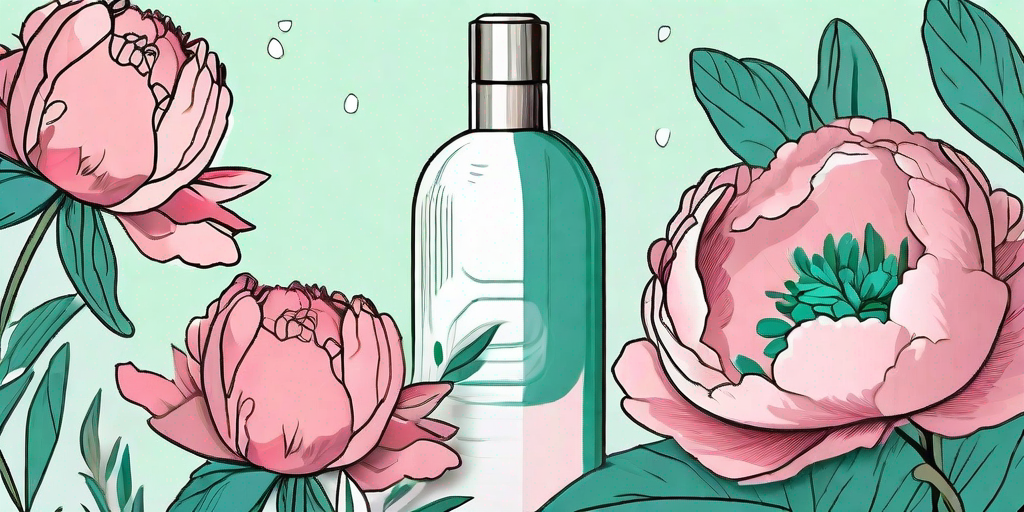
Peonies, with their lush, full blooms and sweet fragrance, are the divas of the garden. They demand attention and, with the right care, they'll reward you with a show-stopping performance. But what's the secret to these lush blooms? Well, it's all about the right fertilizer, darling. Let's dive into the glamorous world of peony care and discover how to make your peonies the envy of the neighborhood.
Understanding Peonies: The Divas of the Garden
Before we get into the nitty-gritty of fertilizers, it's important to understand the star of our show: the peony. Peonies are perennials that come back every year to grace your garden with their beauty. They're native to Asia, Europe, and Western North America, but they've become a garden staple worldwide.
Peonies are known for their large, fragrant flowers that can be single, semi-double, or double. The flowers come in a variety of colors, including white, pink, red, and even yellow. But these beauties aren't just a pretty face. They're also tough and can live for more than 100 years if properly cared for. Now, that's a diva with staying power!
The Peony's Preferences
Like any diva, peonies have their preferences. They prefer full sun and well-drained soil. They also like a bit of space, so be sure to plant them about 3-4 feet apart to allow for good air circulation.
Peonies also prefer cooler climates and need a period of winter chill to bloom. If you live in a warmer climate, choose a variety that's suitable for your area. And remember, peonies are a bit slow to get going. They may take a few years to establish and start blooming, but once they do, they'll be stealing the show for years to come.
The Secret Ingredient: Fertilizer
Now, let's talk about the secret ingredient to lush peony blooms: fertilizer. Fertilizer is like the peony's personal stylist, helping it look its best. But not just any fertilizer will do. Peonies need a specific blend of nutrients to thrive.
Peonies need a balanced fertilizer that contains nitrogen, phosphorus, and potassium. Nitrogen promotes healthy leaf growth, phosphorus supports root development and flower production, and potassium enhances overall plant health.
Choosing the Right Fertilizer
When choosing a fertilizer for your peonies, look for a balanced formula, such as a 10-10-10 or 14-14-14. These numbers represent the percentage of nitrogen, phosphorus, and potassium in the fertilizer, respectively.
There are many types of fertilizer available, including granular, liquid, and slow-release formulas. Granular and liquid fertilizers are applied more frequently, while slow-release formulas gradually release nutrients over time. The choice depends on your preference and how much time you want to spend pampering your peonies.
Feeding Your Peonies: A Step-by-Step Guide
Now that you've chosen the perfect fertilizer, it's time to feed your peonies. But don't just start throwing fertilizer around willy-nilly. There's a method to the madness.
First, you'll want to apply the fertilizer in the spring when the peonies are starting to emerge from the ground. This gives them a nutrient boost just when they need it most.
Step 1: Prepare the Soil
Before applying the fertilizer, prepare the soil by removing any weeds or debris. This ensures that the fertilizer will reach the roots and not be wasted on pesky weeds.
Next, loosen the soil around the base of the plant with a garden fork. This helps the fertilizer penetrate the soil and reach the roots.
Step 2: Apply the Fertilizer
Apply the fertilizer according to the package instructions. Be sure to spread it evenly around the base of the plant, but avoid getting it on the stems or leaves as this can cause burning.
After applying the fertilizer, water the area thoroughly. This helps the fertilizer dissolve and makes it available to the roots.
Step 3: Repeat as Necessary
Depending on the type of fertilizer you're using, you may need to repeat this process throughout the growing season. Always follow the package instructions for the best results.
And remember, while fertilizer is important, it's not the only factor in growing gorgeous peonies. Proper planting, watering, and care are also crucial.
FAQs
When is the best time to fertilize peonies?
The best time to fertilize peonies is in the spring when they're starting to emerge from the ground. This gives them a nutrient boost just when they need it most.
Can I use a general-purpose fertilizer for my peonies?
Yes, a general-purpose, balanced fertilizer (such as a 10-10-10 or 14-14-14) is suitable for peonies. These fertilizers contain the right blend of nitrogen, phosphorus, and potassium that peonies need to thrive.
How often should I fertilize my peonies?
The frequency of fertilization depends on the type of fertilizer you're using. Granular and liquid fertilizers are typically applied more frequently, while slow-release formulas gradually release nutrients over time. Always follow the package instructions for the best results.
Conclusion
There you have it, the secret to growing gorgeous peonies. With the right fertilizer and a little TLC, your peonies will be the talk of the town. So go ahead, give your peonies the star treatment they deserve. After all, they're the divas of the garden.















